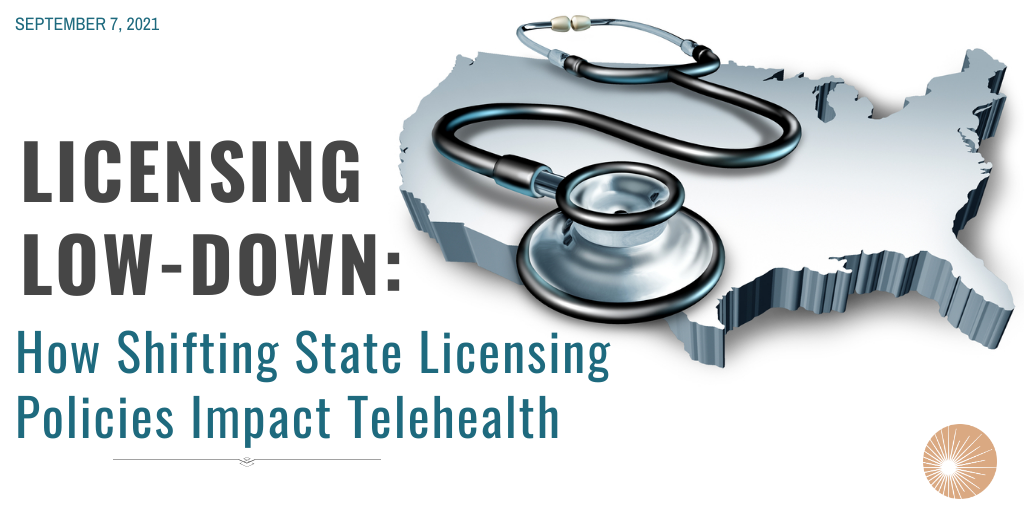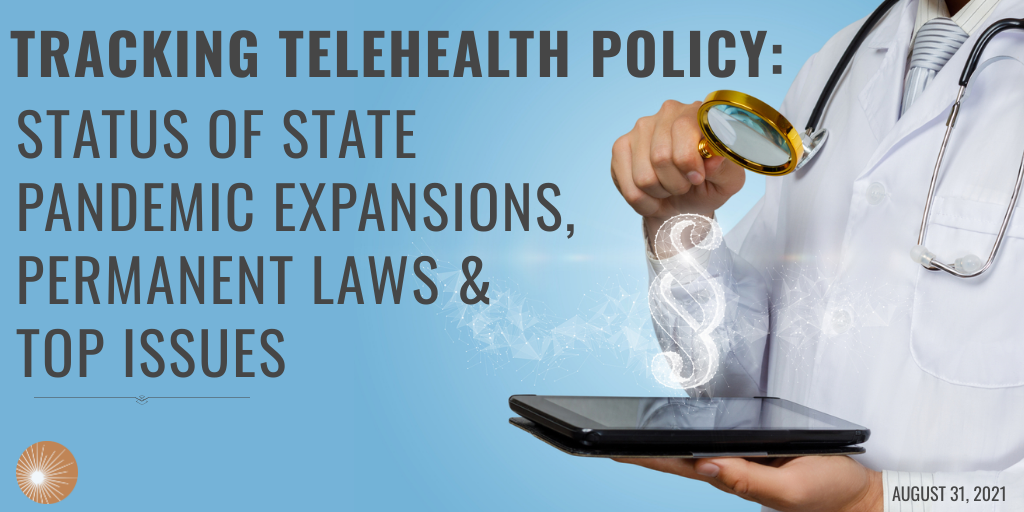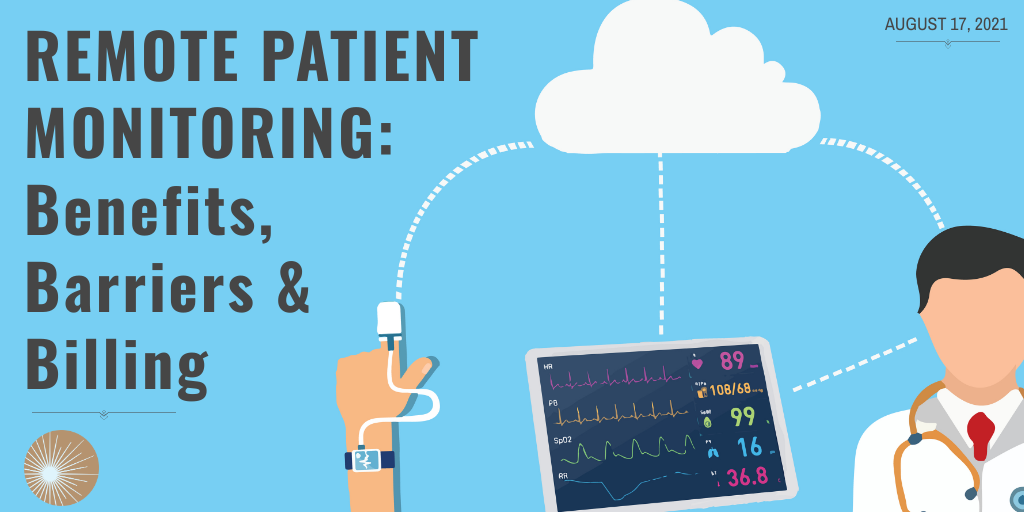Licensing Low-Down: How Shifting State Licensing Policies Impact Telehealth

As emergency telehealth expansions have begun to expire one of the most pressing policy areas has become licensing and the state flexibilities that temporarily allow out-of-state providers to treat patients via telehealth during the pandemic regardless of location. It is now one of the number one issues CCHP receives policy questions about.




